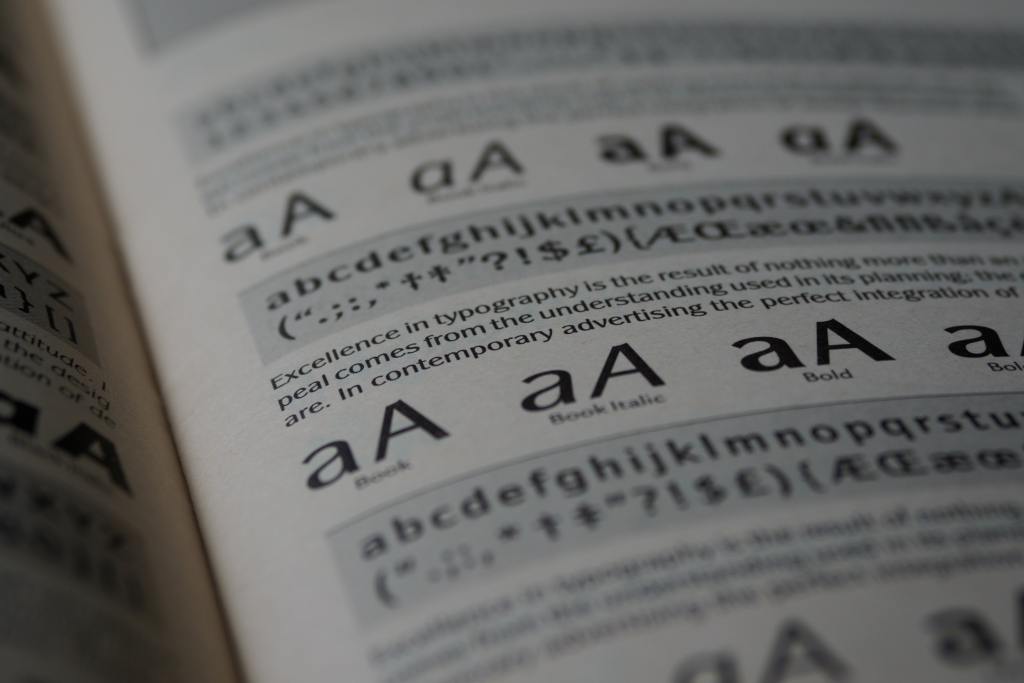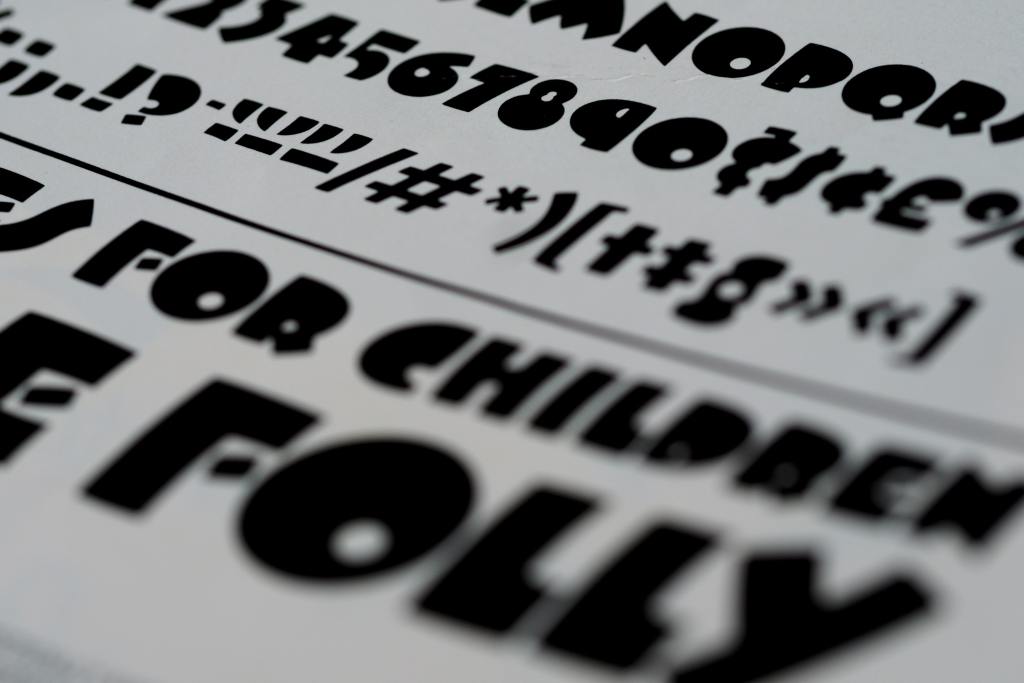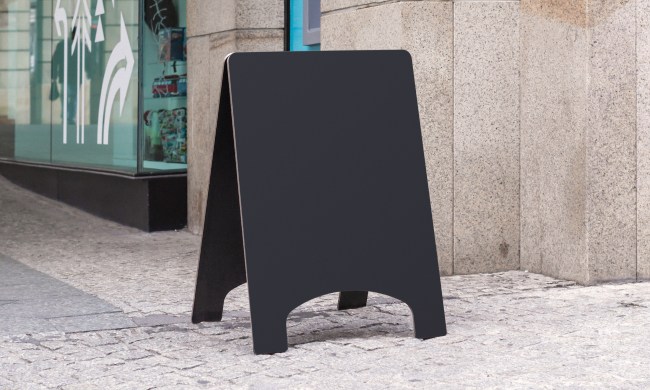Choosing the perfect typography font for your brand is a daunting task. There are many different types of fonts, and all have their own unique look to them. Choosing one can be difficult because it will be prominently displayed on your website or in print materials.
There are three primary factors that should go into choosing a font for your brand: legibility, personality, and readability. Choose a typeface that has good legibility and reflects your company’s personality while being easy to read! Remember, you can attract the right customers by choosing fonts that represent your brand’s values, whether traditional or fun, formal, or informal.
Whether you’re building your brand from ground zero, reworking your logo, or updating your website, we’re here to provide you with info on the different types of typography fonts and how to choose the right ones for your brand.

What is a font?
A font is a set symbols, numbers, and letters, which can be used to create text or images. They are used in print and digital formats.
Types of fonts
There are three basic categories of fonts. They are:
- Serif
- Sans serif
- Script or cursive; and
- Display
Serif and Sans serif are the most popular in businesses. Both styles are legible on both large and small scales. There are many fonts in both styles, so you’re sure to find one that works for you. It’s a given that your brand will include one or the other of these types of fonts.
Serif fonts
A serif font is a type of text with small lines at the end of each stroke in letters. This technique originated with printing presses, which would use metal to print words and sentences onto paper.
Sans serif fonts
A sans serif font, as its name suggests, is a font that does not contain serifs. Serifs can be described as small strokes or extensions at the end of a long stroke. For example, the leg of a “K”, or “R” are serifs. There are many styles of sans-serif fonts. Because they are simpler than serif fonts, sans serif fonts are more popular with brands.
Script fonts
A script font is a font that imitates cursive handwriting. They’re a bit whimsical, and they make a statement about your brand’s style. A script font is a typeface with a personal touch like calligraphy and handwriting fonts. There are two types of script fonts: casual script fonts and formal script fonts. Formal script fonts can be fancy scripts that reflect the handwriting masters.
These fonts are easy to identify because of the excessive curls and flourishes which extend beyond the serif. The casual script fonts are more like calligraphy but with fewer swashes. You can use these fonts for casual design projects to give your designs an informal, homey feel.
Display fonts
Display fonts can be found in the largest category of fonts. They include highly stylized retro fonts and illegible symbol fonts. Although they are not recommended for body copy, you can use display fonts to highlight main headers in logos. You should carefully choose display fonts as they can complement modern or trendy brands better than others.

How to choose the right font
Choosing the right font is a challenging task, but with some simple steps, you can do it. Selecting the perfect typeface for your brand will help customers identify and connect to your company’s personality. Below are four questions you should consider when choosing fonts:
- Do I want my logo or design to convey professionalism?
- Am I looking for a more traditional look?
- Am I aiming for something modern or trendy?
- Is this an informal project that needs a casual design?
After answering the questions above, you should narrow down what kind of font would suit your needs best. Keep in mind that you should choose one font and not more than two. Multiple fonts can make it challenging to design, and they can conflict and distract from the content.
Do you want to appeal to a high-end clientele with a sophisticated appearance? It may be best to use a serif font. Are you looking to appear casual and friendly? It is better to use sans-serif fonts in this instance. Make sure your fonts reflect the perception you want people to get when they see your business. You can narrow down your selection by using the tones discussed in the previous section.
You should choose fonts that are easy to read. You have wasted your efforts if people cannot read your branded materials. You should select a font that is easily readable on small screens, such as iPads and mobile phones. Some fonts can be read on larger screens but not on smaller ones.
For contrast, choose one serif font and one sans-serif font if you are using two fonts. You should use one type of font for your headlines and subheadings and another for your body text. Avoid using fonts that look too similar.
Finally, remember that choosing the right typography font is essential to the success of your business and branding initiatives. Choose one that conveys meaning or emotion in connection with your company as well as your products and services.


